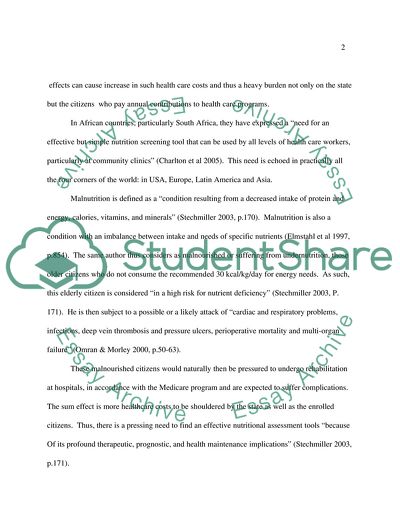Cite this document
((Assessment methods of nutritional status).Compare and contrast Essay, n.d.)
(Assessment methods of nutritional status).Compare and contrast Essay. https://studentshare.org/health-sciences-medicine/1714630-assessment-methods-of-nutritional-statuscompare-and-contrast-literature-about-nutritional-assessment-tools-and-critically-evaluate-the-clinimetrics-of-each-o
(Assessment methods of nutritional status).Compare and contrast Essay. https://studentshare.org/health-sciences-medicine/1714630-assessment-methods-of-nutritional-statuscompare-and-contrast-literature-about-nutritional-assessment-tools-and-critically-evaluate-the-clinimetrics-of-each-o
((Assessment Methods of Nutritional status).Compare and Contrast Essay)
(Assessment Methods of Nutritional status).Compare and Contrast Essay. https://studentshare.org/health-sciences-medicine/1714630-assessment-methods-of-nutritional-statuscompare-and-contrast-literature-about-nutritional-assessment-tools-and-critically-evaluate-the-clinimetrics-of-each-o.
(Assessment Methods of Nutritional status).Compare and Contrast Essay. https://studentshare.org/health-sciences-medicine/1714630-assessment-methods-of-nutritional-statuscompare-and-contrast-literature-about-nutritional-assessment-tools-and-critically-evaluate-the-clinimetrics-of-each-o.
“(Assessment Methods of Nutritional status).Compare and Contrast Essay”. https://studentshare.org/health-sciences-medicine/1714630-assessment-methods-of-nutritional-statuscompare-and-contrast-literature-about-nutritional-assessment-tools-and-critically-evaluate-the-clinimetrics-of-each-o.


